Who Were the Ancient Sumerians?
6,000 years ago, ancient Sumerians created a blueprint for civilization.
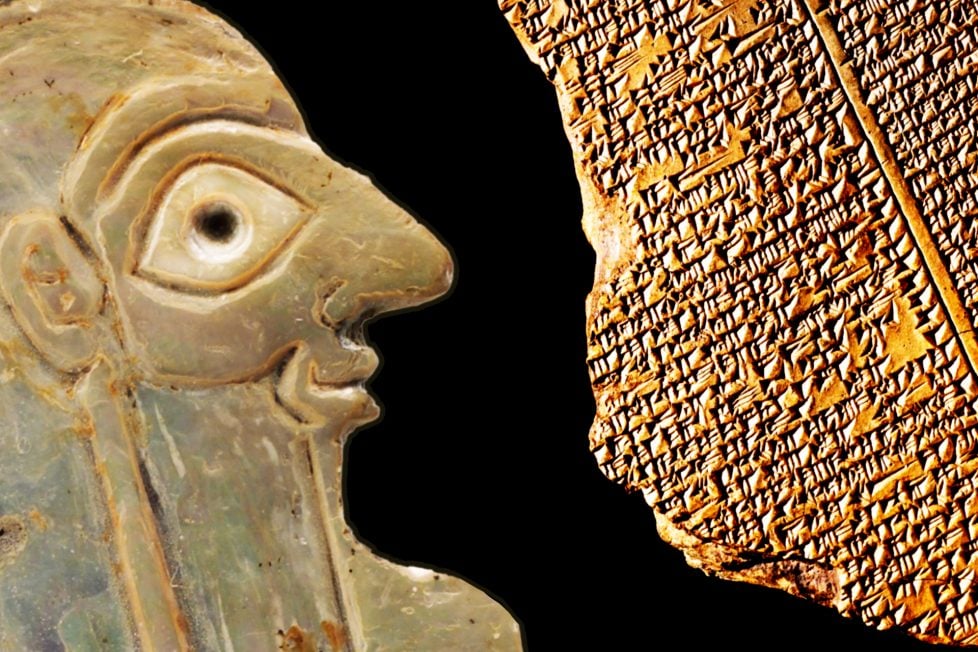
6,000 years ago, ancient Sumerians created a blueprint for civilization.

Table of Contents
ToggleThe enigmatic ancient Sumerians were a civilization that thrived in Mesopotamia, a region nestled between the Tigris and Euphrates rivers. Mesopotamia is an ancient region that now corresponds to modern-day Iraq, and parts of Iran, Syria, Kuwait, and Turkey.
Mesopotamia was part of a larger, boomerang shaped region known as the Fertile Crescent. This was an area of fertile land that enjoyed a more moderate climate that was suitable for agriculture. While much of the land is now desert, its lush marshlands and plentiful water supply were very attractive to ancient cultures.
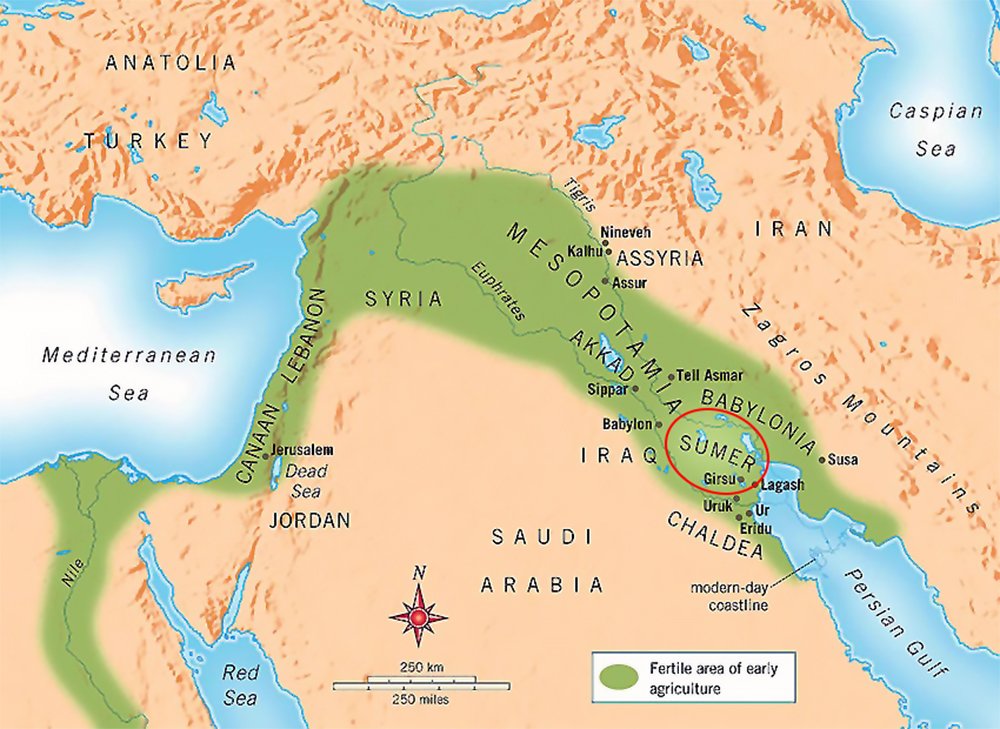
One of these ancient cultures was the Sumerians. Over 6,000 years ago, these early farmers came to southern Mesopotamia and created the first civilization. They are credited with creating the first written language, establishing a formal education system, innovation in agriculture and science, and many other cultural advancements.
The ancient Sumerian culture was extremely impactful to Mesopotamia and beyond, with many of their innovations seen in modern daily life. These advancements didn’t occur overnight, but instead were facilitated by several factors, and even other cultures. This is the story of ancient Sumer.
The Sumerians weren’t the first people to settle in Mesopotamia. This region was ideal for agrarian cultures of the time. Due to regular flooding of the Tigris and Euphrates rivers, the soil was replenished and enriched by the river silt. At the time, the only obstacle Mesopotamia posed for agrarian peoples was the abundance of water – regular flooding wasn’t ideal for settlement.
Pastoralists like the Halaf people were some of the first to realize the advantages of the two great rivers bordering Mesopotamia. Around 6,500 BCE, the Halaf people settled in northern Mesopotamia, eventually spreading into the south part of the region. There isn’t much evidence that the Halaf made advances as agriculturalists, but they left behind an exquisite pottery tradition throughout the region.
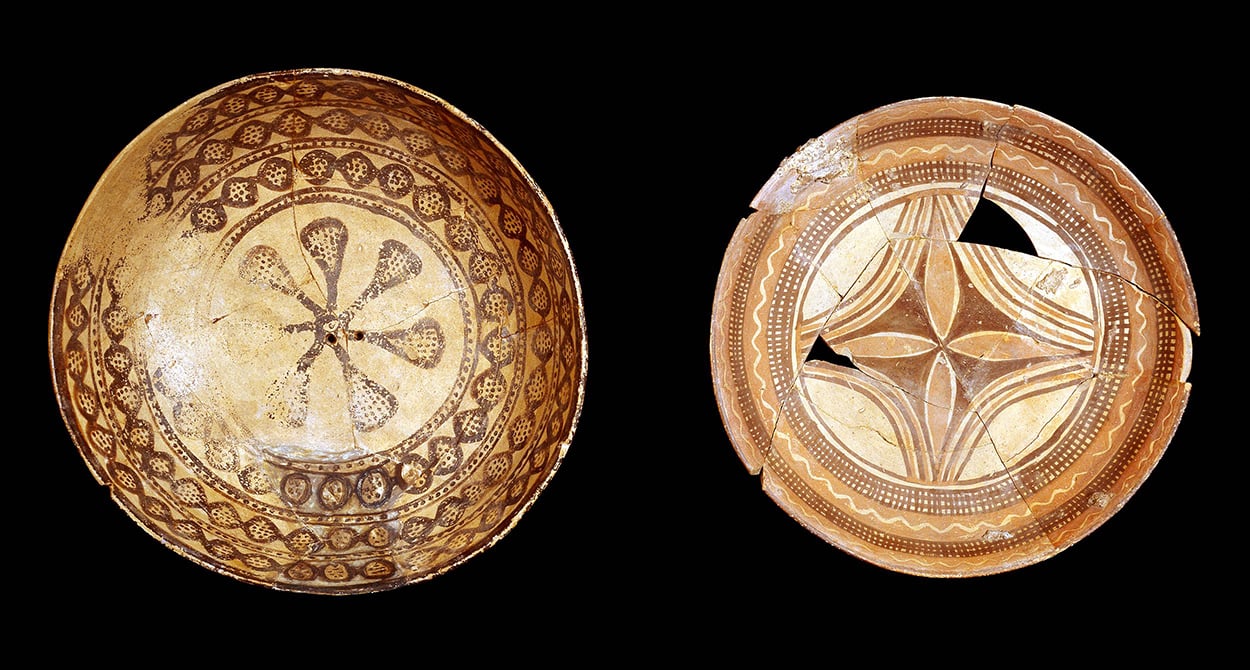
Over the next millennium, the Halaf culture was absorbed by the Ubaid people, a farming culture, and immediate predecessors to the Sumerians. The Ubaid were significant innovators in agriculture, and developed irrigation and drainage systems for their crops. As agriculture flourished, trade relationships were developed and skilled industries like masonry, pottery, and metalwork began to thrive.
Over the next few hundred years, starting in around 4,500 BCE, the Sumerians arrived and settled in the fertile plains of Mesopotamia, in an area that is now southern Iraq. In little time, the Sumerians developed a flourishing culture that made so many advances, they are regarded as the creators of civilization.
Where the Sumerians came from remains a mystery. Some archaeological evidence suggests the Sumerians originated northeast of Mesopotamia, in modern-day Turkmenistan. Since there is no evidence of a combative takeover, it is believed that the Sumerians migrated over the span of many years, making modern-day southern Iraq their home. This area of southern Mesopotamia was known as Sumer.
By around 4,000 BCE, Sumerians had control of southern Mesopotamia. No less than 12 city-states were established, each with its own primary ruler. It is believed that the original farming communities founded by the Ubaid people grew into Sumerian cities, later to become the large and powerful city-states this culture was known for.
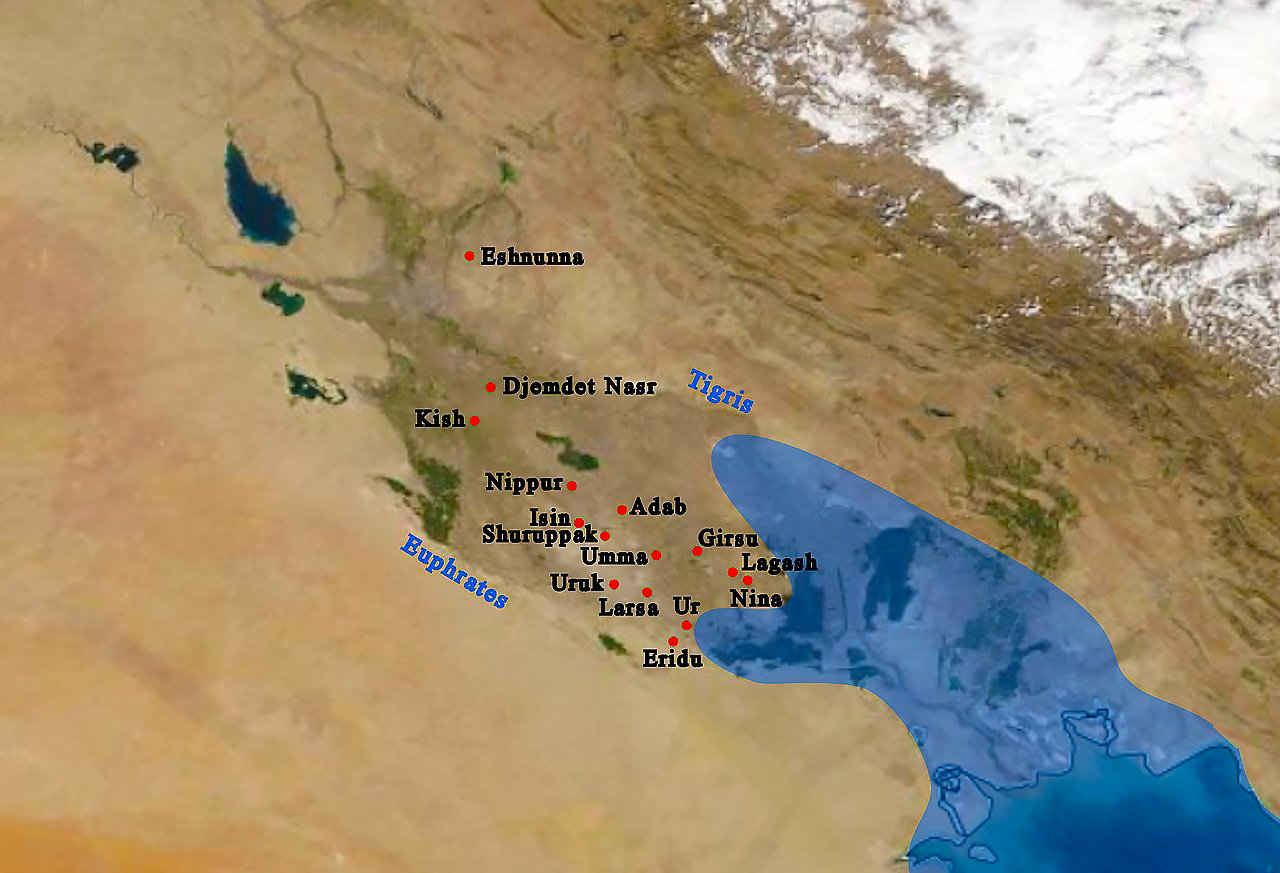
While there were occasional conflicts and competition between Sumerian rulers, these city-states were relatively stable and grew wealthy from trade. Sumerian became the official language of the region, allowing for ease of communication and trade between the city-states. This newfound societal success and wealth encouraged the innovation and cultural growth the Sumerian people are known for.
Ancient Sumerians are credited for dozens of significant innovations and ‘firsts’, not just in agriculture, but also in civilization and culture. Sumerians were the first to establish the concept of the written language, schools, engineering, and so much more.
There is some debate about where the first city was established, but the ancient Sumerians are credited with building the first true, dominant city in the world. This city was named Uruk, and it was the most important city in Mesopotamia at the time. Uruk was home to the legendary King Gilgamesh, the place where the first written language was developed, and the birthplace of many more innovations. Uruk was also a major trade center, and archaeologists have recovered artifacts from all over the Mediterranean that originated from this city.
One significant contributor to the creation of these large Sumerian cities was the advent of mass production. Improving upon the mud bricks used by their Ubaidian predecessors, the Sumerians began to mass produce bricks for large-scale construction necessary in large cities. This allowed for the relatively efficient construction of the large temple complexes central to all Sumerian cities, great ziggurats that served as temples and administrative centers, and the large living complexes required for the cities’ large populations. In later years, bricks were used to construct massive defensive walls around the cities to protect residents from foreign invaders and competing city-states.
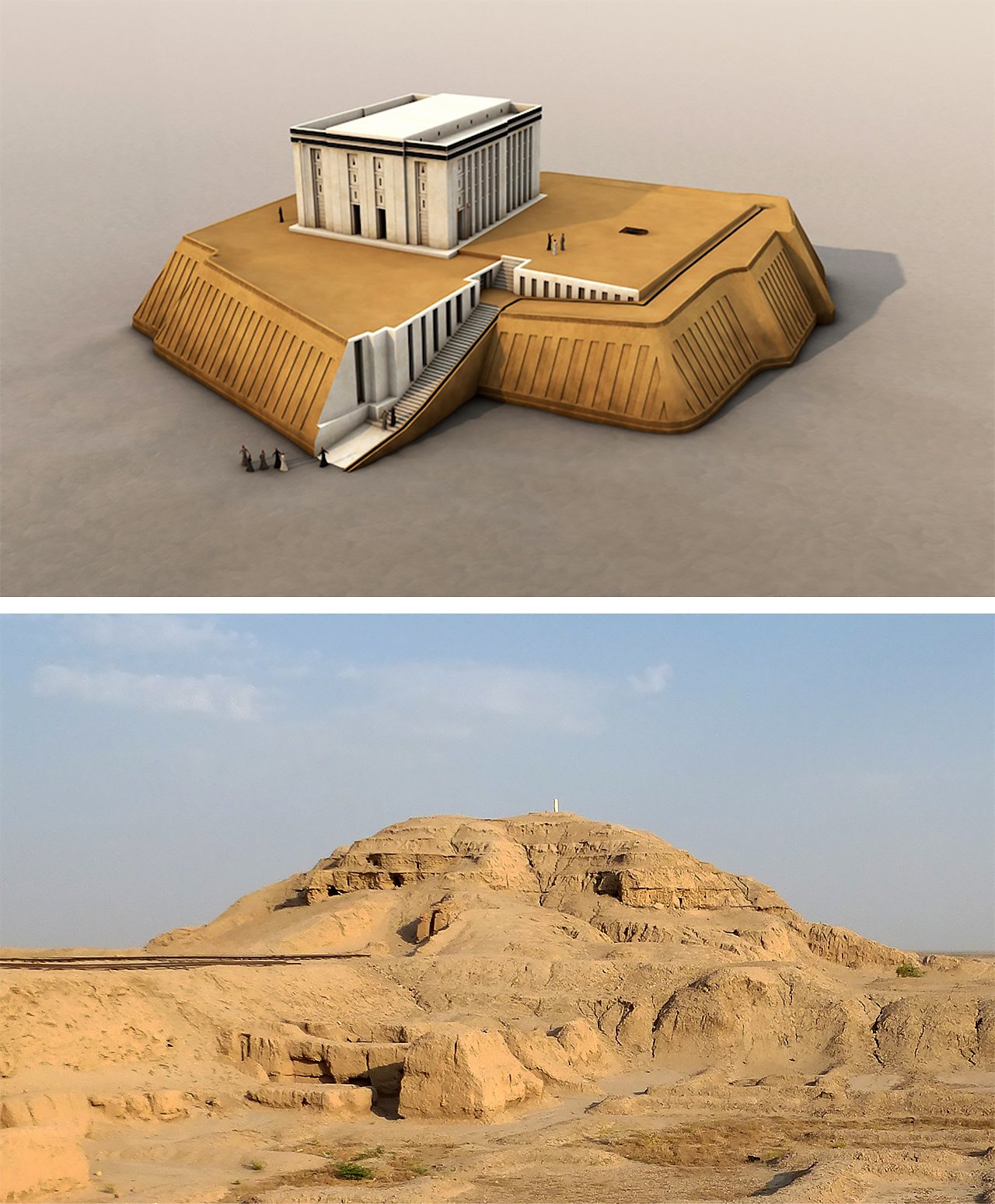
Over time, these cities had immense housing and market complexes to accommodate their ever-growing populations. At the height of ancient Sumer, each of these great cities were home to as many as 80,000 inhabitants.
Ancient Sumerians developed a system for measuring time that we still use today. They created a lunar calendar divided into 12 months, and the concept of time measurement that divides day and night into 12-hour periods, hours into 60 minutes, and minutes into 60 seconds.
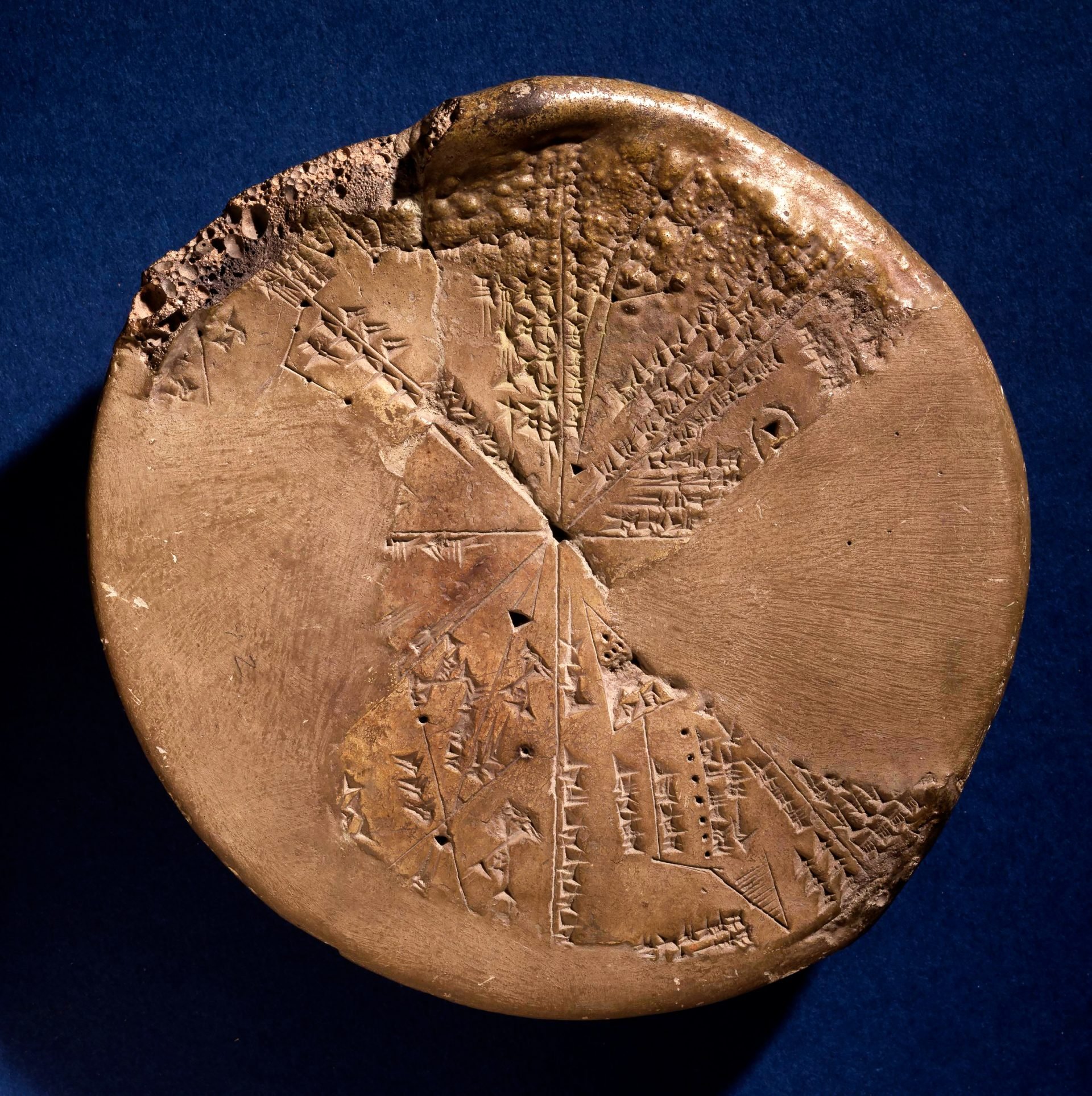
Another Sumerian creation can be seen in many modern governments. Ancient Sumer was the birthplace of the bicameral congress, the system of government that uses two legislative chambers. The bicameral congress remains a popular type of legislature that still exists in the governments of the United States, United Kingdom, India, and several other countries. It’s estimated that some 41% of modern governments use a bicameral congress.
While it may now seem minor compared to their innovations in time keeping and government, the potter’s wheel was also a Sumerian invention. The first potter’s wheel allowed for the mass production of pottery, which gave way to significant growth in trade. Every household required vessels, and the potter’s wheel gave the Sumerians the means to meet this demand.
Sometime around 3,600 BCE, Sumerians created a system of writing called cuneiform. Simple, wedge-shaped characters were impressed on clay tablets, and were originally intended to communicate trade agreements. Over time, this written language evolved to record history and great works of literature like The Epic of Gilgamesh, which is the oldest known literary work.
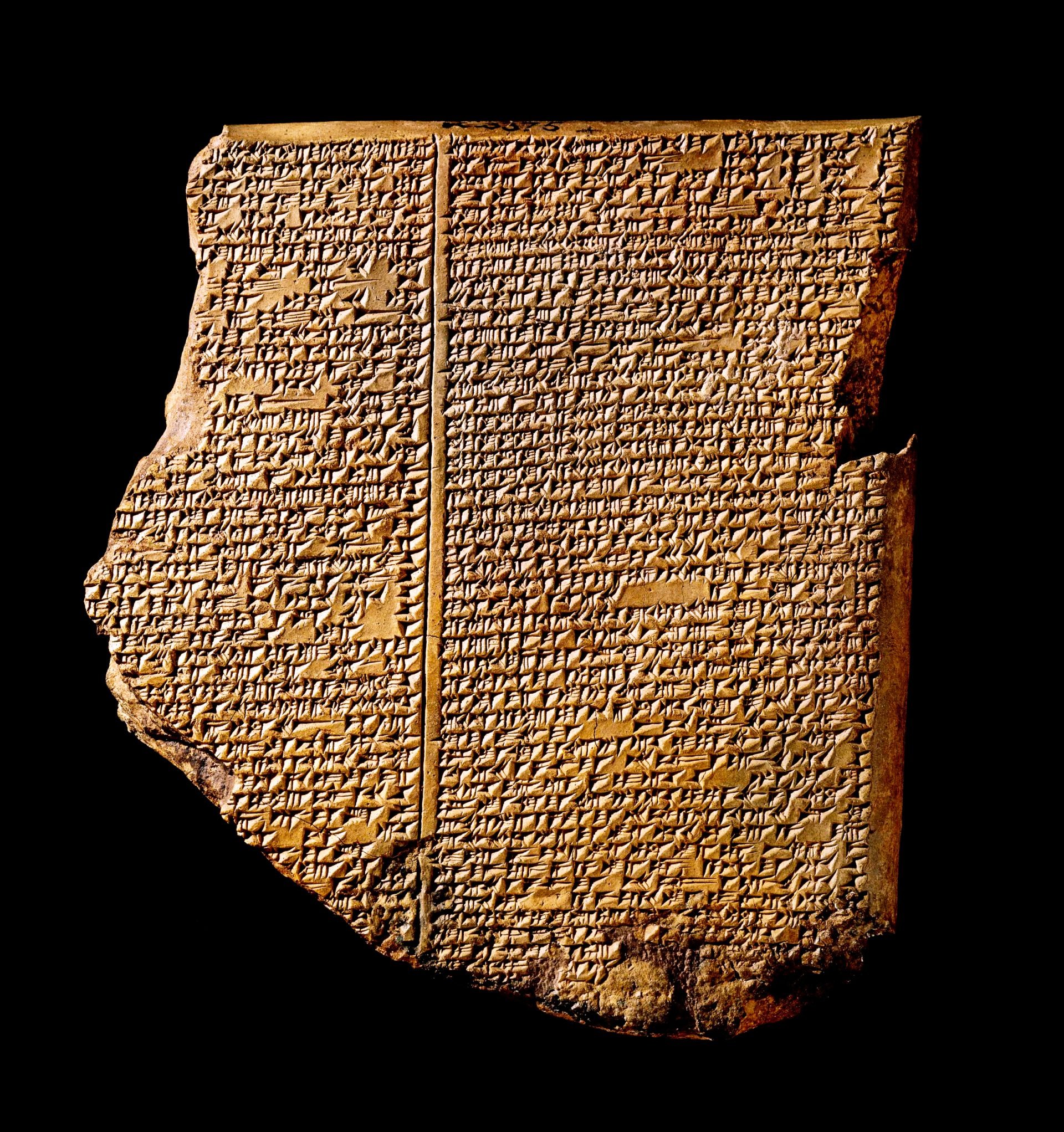
Researchers believe that Sumerian literature influenced biblical accounts of the Great Flood, the Garden of Eden, the Tower of Babel, and other themes that are significant in the bible. The first written animal fables are also credited to the ancient Sumerians, later to be popularized by Aesop.
Sumerians also created the first known Farmer’s Almanac. Their inscribed instructions included the preparation of a field, which implements were required, plowing and planting instructions, crop maintenance, pest control, and harvest instructions. While only a fragment of this first Farmer’s Almanac survived, the detailed information it contains is impressive when compared to modern versions.
Sumerians followed an organized polytheistic religion that was central to their society and government. Nanna was the leading deity and patron of the capital city Ur, and this god presided over the deities revered in other cities. Each city-state had its own ruling god that was honored by the city temple, or ziggurat.
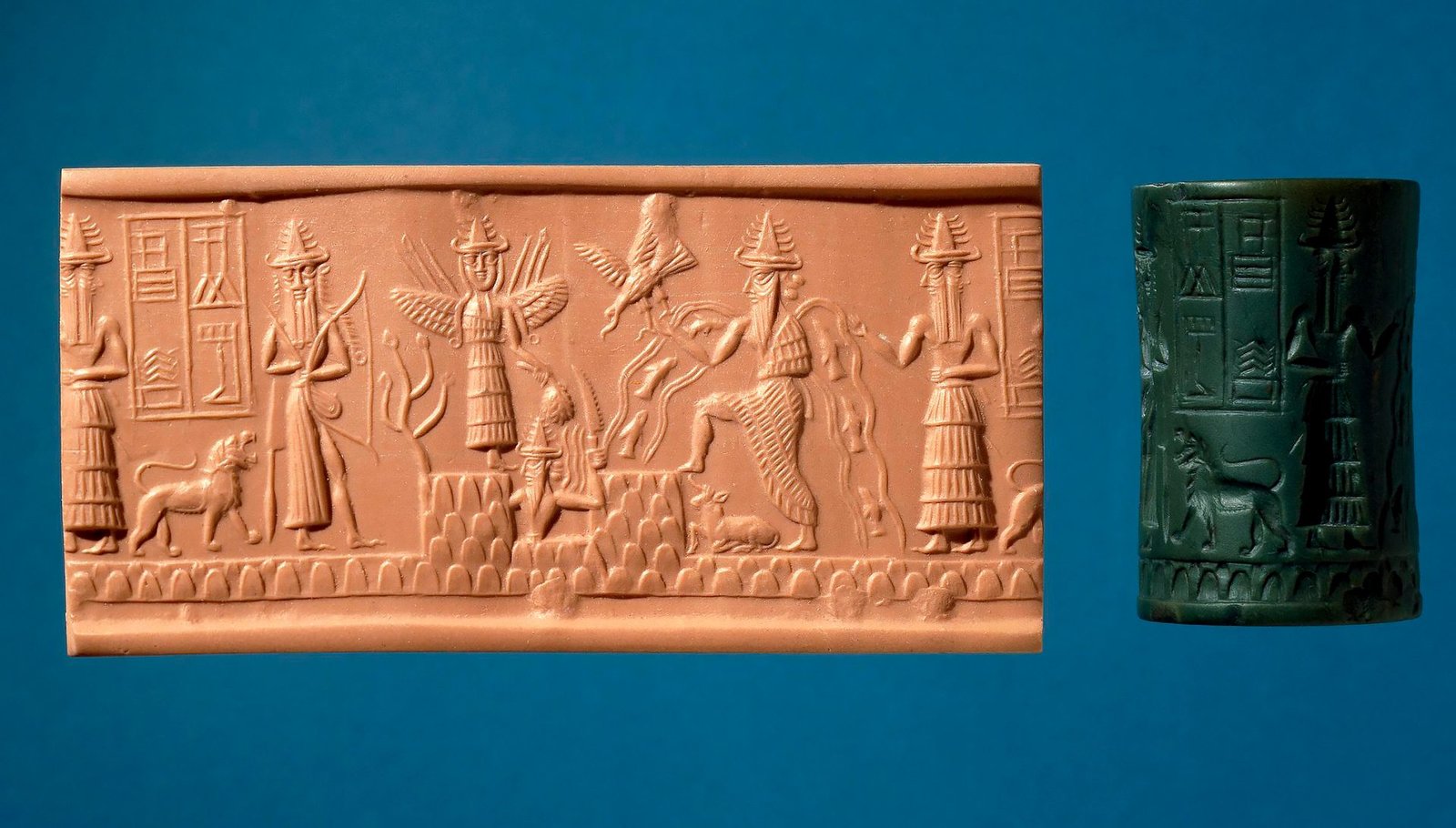
Another interesting aspect of ancient Sumer is that during the height of this civilization, men and women’s rights were nearly equal. Women could own land and businesses, make contracts, and file for divorce. Some women were highly educated and relegated as religious officials in some city-states.
One last fun fact, the first receipt for beer comes from ancient Sumer. Other references to beer have been recovered, including written laws prohibiting dilution of the drink, and price caps.
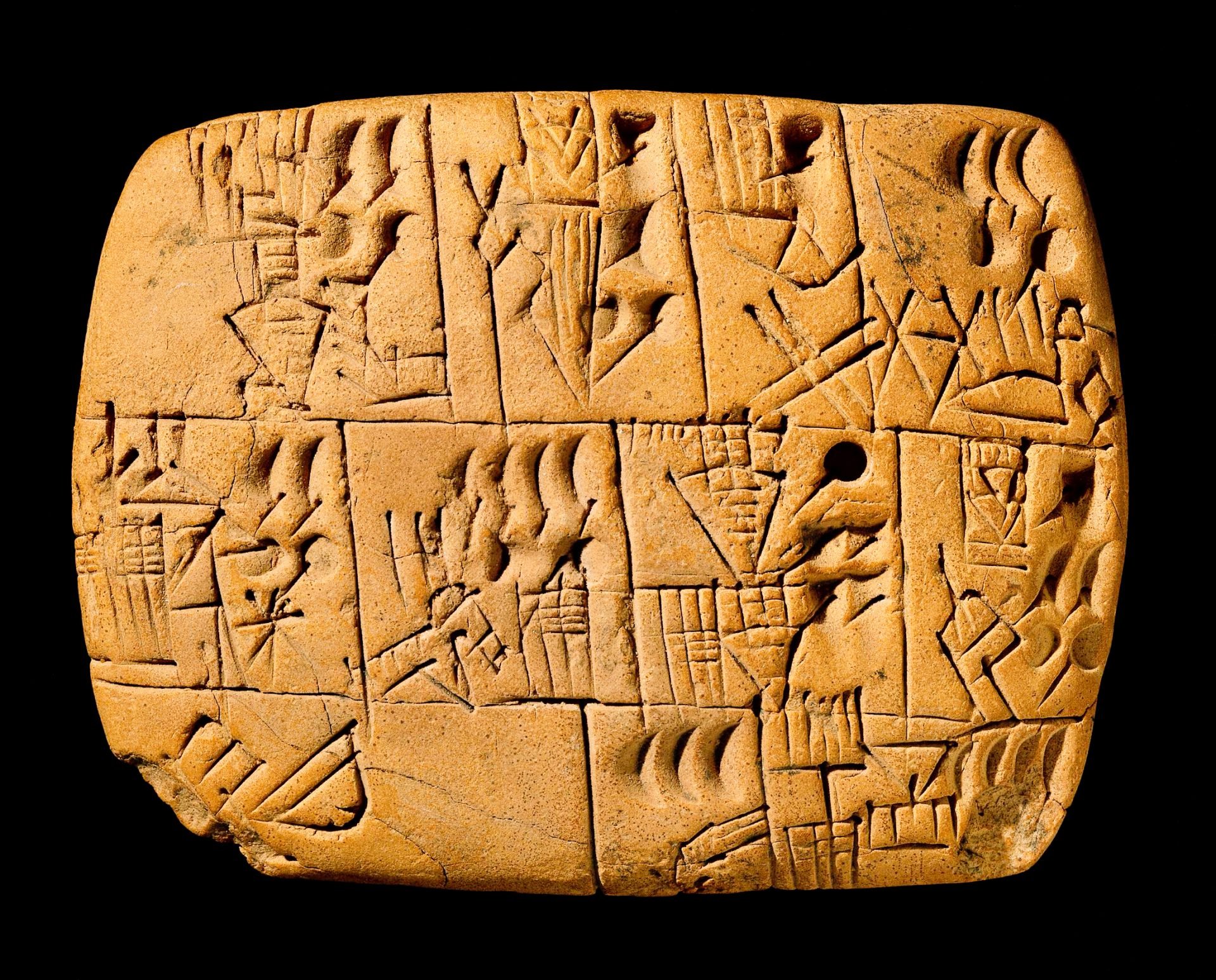
Over two thousand years after Sumerians first settled in Mesopotamia, this great civilization collapsed. It happened over some time, but finally in 1750 BCE, the region succumbed to waves of invasion by different peoples, namely the Amorites from the northwest, and the Gutians from the east.
While the Sumerian civilization ultimately collapsed because of invaders, it had been on the decline long before the appearance of the Amorites and the Gutians. The high concentration of population, depletion of resources, and unsustainable agricultural practices led to struggle and competition between city-states.
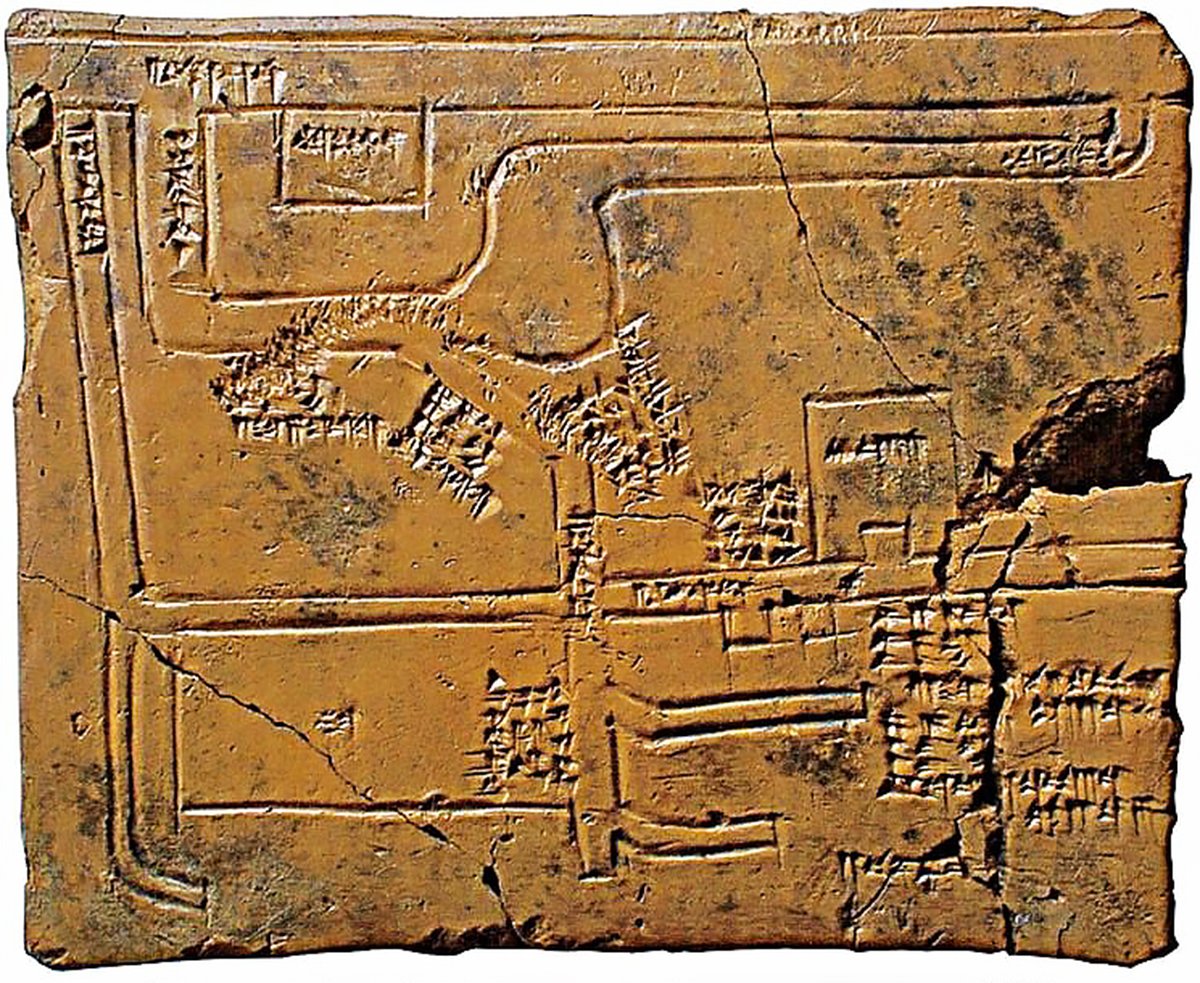
Ironically, the ingenious hydraulic engineering led to the over irrigation and salinization of the once fertile soils in Mesopotamia. Few crops can tolerate salt, so agriculture gradually failed, leading to a malnourished population, and weakened trade alliances. This not only led to infighting, but it also left them vulnerable to invasion and takeover.
